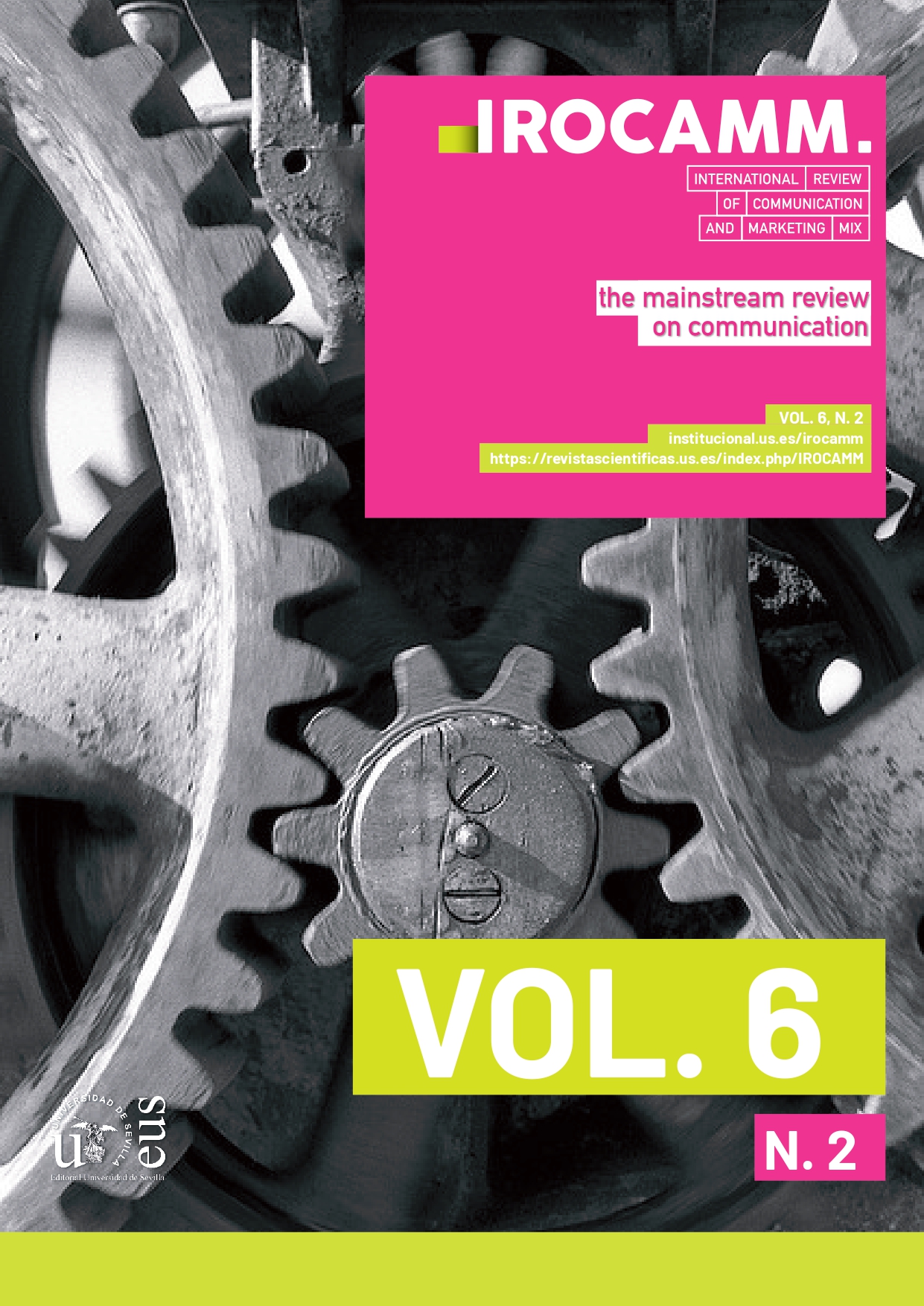Resumen
El dogo en la República de Venecia era una figura de gran importancia política y ceremonial. Conocido también como doge o dux, su liderazgo encarnaba el poder y la autoridad de la ciudad, y su papel abarcaba aspectos tanto gubernamentales como simbólicos. Desde la ceremonia de toma de posesión hasta su funeral, la figura del dogo estaba rodeada de rituales y eventos que enfatizaban su estatus y legitimidad, dando sentido a la escenificación del poder en la Italia Moderna. A través de su participación en eventos públicos, liturgias religiosas y actos de representación diplomática, este personaje era símbolo de la grandeza y el prestigio de la denominada Serenísima. Estos aspectos ceremoniales y simbólicos añadían un aire de majestuosidad y solemnidad a la figura del dogo, consolidando así su importancia como líder supremo de Venecia. El ceremonial, el protocolo y la etiqueta fueron herramientas de comunicación indispensables para su imagen e influencia, en una época en la que esta ciudad dominó el mar Mediterráneo. En este trabajo, a través de un exhaustivo análisis de obras y manuales, se van a exponer aquellos aspectos relativos a la escenificación del poder ejercido por este personaje histórico a través del ceremonial y la etiqueta; particularmente en aquellos actos que suponen su ciclo político, desde su ascensión al poder, hasta su funeral.
Citas
Ancient Origins (2021). Los dux de Venecia: Gobernantes venecianos durante más de un milenio. Consultado el 25 de mayo de 2023. bit.ly/3Q9EKZx
Boholm, A. (1990). The Doge of Venice. The Symbolism of State Power in the Renaissance, University of Gothenburg.
Britannica (s.f.). Doge, Venetian official. Consultado el 25 de mayo de 2023. bit.ly/44COlMM
Curistoria (s.f.). El método de elección del dux veneciano. Consultado el 22 de mayo de 2023. bit.ly/3Kd1ns5
Curistoria. Curiosidades y anécdotas de la historia (s.f.). El método de elección del dux veneciano. Consultado el 14 de julio de 2023. bit.ly/3Kd1ns5
Finlay, R. (2013). The altar Cloth of the Doge: Piety, Pride and Politics in Renaissance Venice. University of Arkansas.
Fundazione Musei Civici Venezia (s. f.). Palazzo Ducale. Consultado el 16 de julio de 2023. bit.ly/3Y36a4W
Fundazione Musei civici Venezia (s.f.). El dux. Consultado el 16 de julio de 2023. bit.ly/3Y36a4W
Krashen, S. D. (1975). Additional dimensions of the deductive/inductive controversy. The Modern Language Journal, 59(8), 440 – 442.
Kurtzman, J. y Koldau, L. M. (2002). Trombe, trombe d’argento, trombe squarciate, tromboni, and pifferi in Venetian processions and ceremonies of the sixteenth and seventeenth centuries. Journal of Seventeenth-Century Music, 5(1).
Lane, F. (1973). Venice, A Maritime Republic. JHU Press
Lopez Nieto, F. (2000). Manual de Protocolo. Ariel.
Malipiero D. (1894). Annali veneti dall’anno 1457 al 1500 (vol. II). Firenze.
Marín Calahorro, F. (2004). El protocolo en los actos de empresa. La gestión de eventos corporativos. Fragua.
Nieto Soria, J.M. (1993). Ceremonias de la realeza. Propaganda y legitimación en la Castilla Trastámara. Nere.
Noble y real (2009). Dogo. Consultado el 10 de julio de 2023. bit.ly/44MIkgD Norwich, J. J. (2004). Historia de Venecia. Almed.
Otero Alvarado, M. T. (2000). Teoría y estructura del ceremonial y el protocolo. Mergablum.
Otero Alvarado, M. T. (2002). Las funciones del ceremonial y el protocolo en la reputación corporativa. Sphera Publica, 2, 135-147.
Otero Alvarado, M. T. (2005). Normativa de protocolo en el ámbito de Andalucía: Régimen de precedencias y tratamientos. Revista Comunicación, 3, 187-206.
Otero Alvarado, M.T. (2011). Protocolo y empresa. El ceremonial corporativo. Barcelona.
Pajunen, N. (2007). Deductive and Inductive Approaches in Teaching. Jyvaskyla University.
Pulido, M. (2018). Acts or events? A perspective from the marketing mix. IROCAMM-International Review Of Communication And Marketing Mix, 1, 55-66. http://dx.doi.org/10.12795/IROCAMM.2018.i1.04
Radic, M. A. (1996). El ceremonial es una ciencia. Imagen, 7, 40-41.
Rubio Calero, D. (2021). Protocolo para millennials. Editorum.
Sánchez González, M. D. (2015). Fundamentos de ceremonial y protocolo. Síntesis.
Tappan, E. M. (2007). The World’s Story: A History of the World in Story, Song and Art (vol. 14). Houghton Mifflin.

Esta obra está bajo una licencia internacional Creative Commons Atribución-NoComercial-CompartirIgual 4.0.
Derechos de autor 2023 IROCAMM - International Review Of Communication And Marketing Mix

